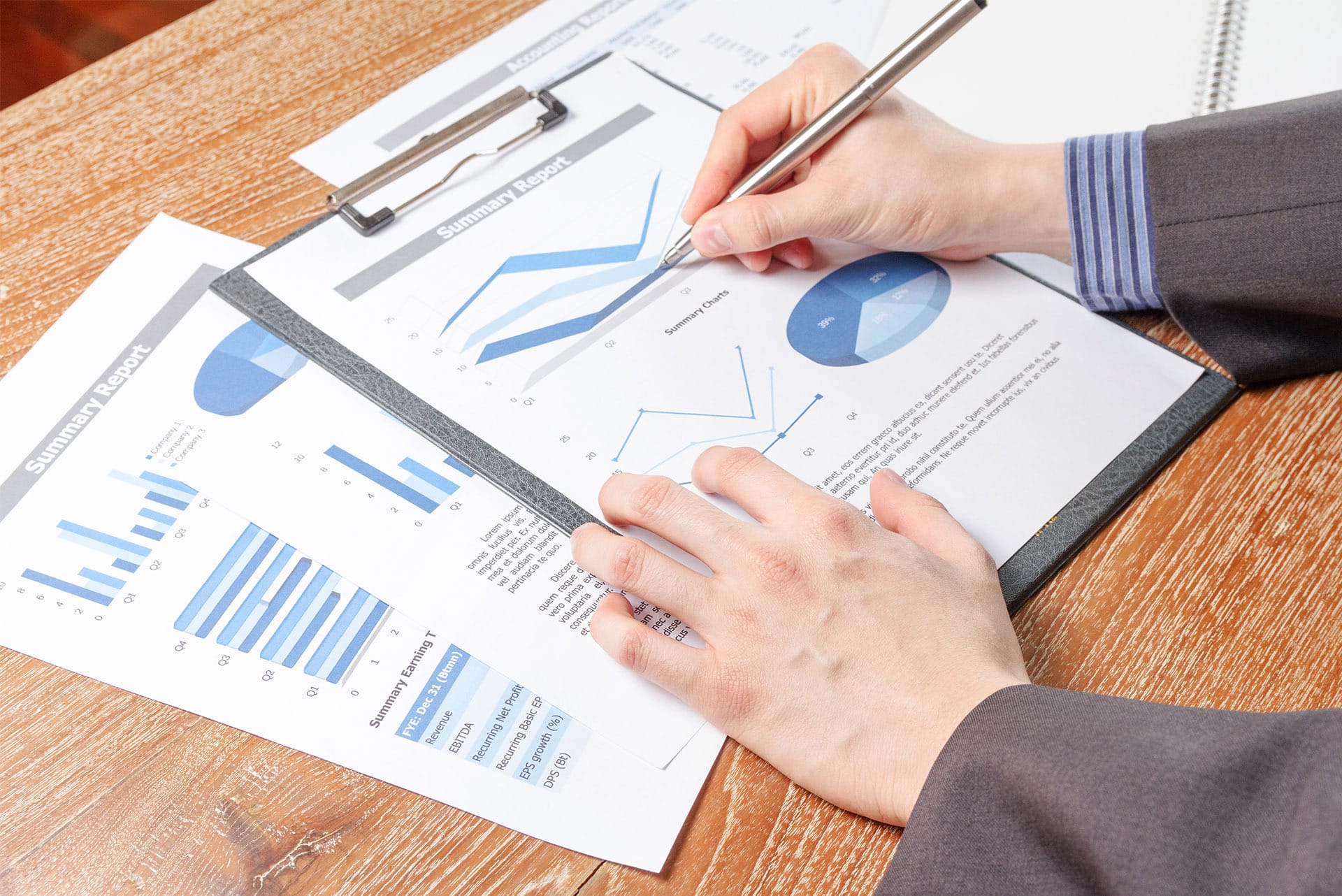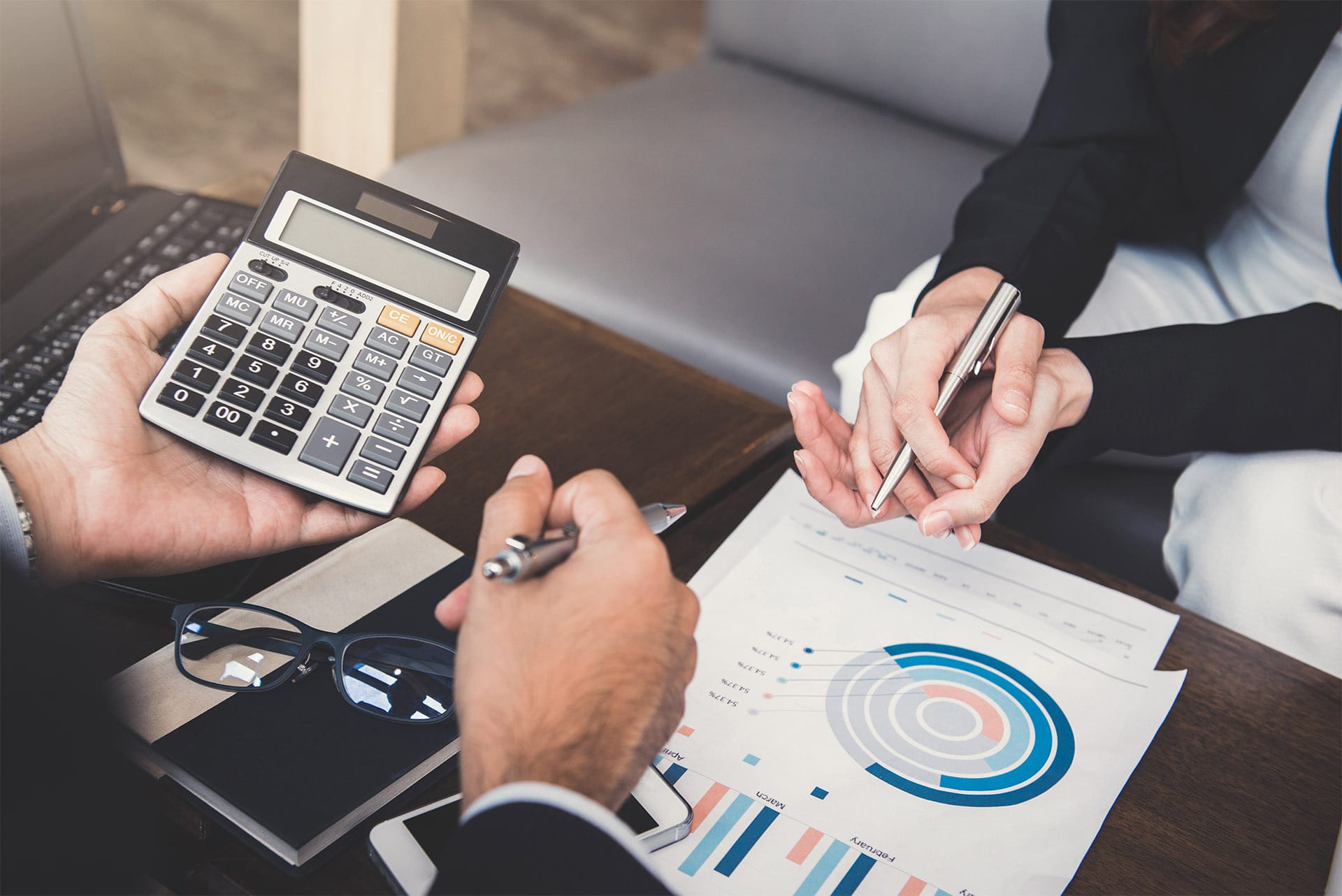As an owner, you may need to determine the value of your business. If your business is established, and its sales/profits are stable or growing steadily, and you get it appraised by a Chartered Business Valuator (CBV), it is likely that he will be using a method called “Capitalization of Maintainable Earnings” to determine the fair market value of your business. This valuation method also bears other names such as capitalization of earnings method.
In this method, the business’s past results are used and adjusted to estimate the future level of profitability of the business. Past performances are adjusted because the value of a business depends on its future profitability and not on its past profitability. A calculation is then made to determine the fair market value of the business.
It is important to note that we are talking about an established business, since a new business will probably not yet have stability in its revenues, allowing the use of past results to estimate the future earnings.
Step 1: Calculate the real profits of an established business
The first step in determining the maintainable earnings of a business is to calculate the real profits made in the last years. In fact, to know the real value of a business, you can’t just rely on the net profits of the business according to its financial statements: several other factors are taken into account in the calculation. The CBV assesses these factors to determine the actual profit realized on past operations.
This step has already been explained in a previous publication, which I advise you to consult before continuing to read this article (What are the real profits of a business?). In summary, the CBV will first make some adjustments to a business’s previous net earnings to determine its real profit. To give you an example among all those that you will find in the cited article, the CBV can adjust the owner’s remuneration to its fair market value.
Step 2: Adjust the results of past operations to estimate future results
After calculating the business’s real profits, the CBV will also have to make further adjustments to the earnings made in the past few years to make them more representative of what can be expected in the future. The CBV will identify some items that are non-recurring or non-representative of the future of the business (i.e. situations that may not occur again in the coming years) that have changed the net profits in the past.
This step is essential: it allows you to adjust the past results to use them as a basis for estimating the future profitability of the business.
Here are some examples of non-recurring situations that the CBV might consider when making some adjustments:

- Gains or losses related to discontinued operations (i.e. a division has been closed or sold)
- Restructuring costs
- Non-recurring professional fees
- Expenses that are not expected to recur in the future (i.e. costs associated with a lawsuit)
- Moving expenses
- Start-up costs
Step 3: Determine future maintainable earnings using a range
After normalizing a business’ past earnings, the CBV will propose an estimate of the future operating results.
Since this is an estimate, the CBV will calculate a range, which is a minimum and maximum amount (i.e. between $ 90,000 and $ 110,000 per year), always based on the profits of the last four to five years of the business. Why is it better to look at the results over several years? Because income growth and stability are essential for calculating the best possible range; the CBV can then identify trends in incomes and profits and consider them appropriately in determining the range.
 For example, if a business has a constant growth, more weight will be given to the most recent year in the calculation of the range. On the other hand, if profits fluctuate, the CBV can use an average over a few years and/or a weighted average, giving more or less importance to particular years, in order to give a range that is as representative as possible.
For example, if a business has a constant growth, more weight will be given to the most recent year in the calculation of the range. On the other hand, if profits fluctuate, the CBV can use an average over a few years and/or a weighted average, giving more or less importance to particular years, in order to give a range that is as representative as possible.
Finally, the CBV will determine a multiple (the capitalization rate) that will consider several factors, including the level of risk associated with the business. He will multiply the range of future earnings previously determined by this multiple (he will also use a range for the multiple). Finally, by adding redundant assets (i.e. non-business assets such as stock market investments, loans to related parties, etc.), the CBV will conclude on the fair market value of the business.
When determining the value of a business, or if you want to get a better idea of its future level of profitability you can trust a CBV to provide you with the appropriate answers.
If you want to assess the fair market value of your business or estimate its future profitability, contact me!







